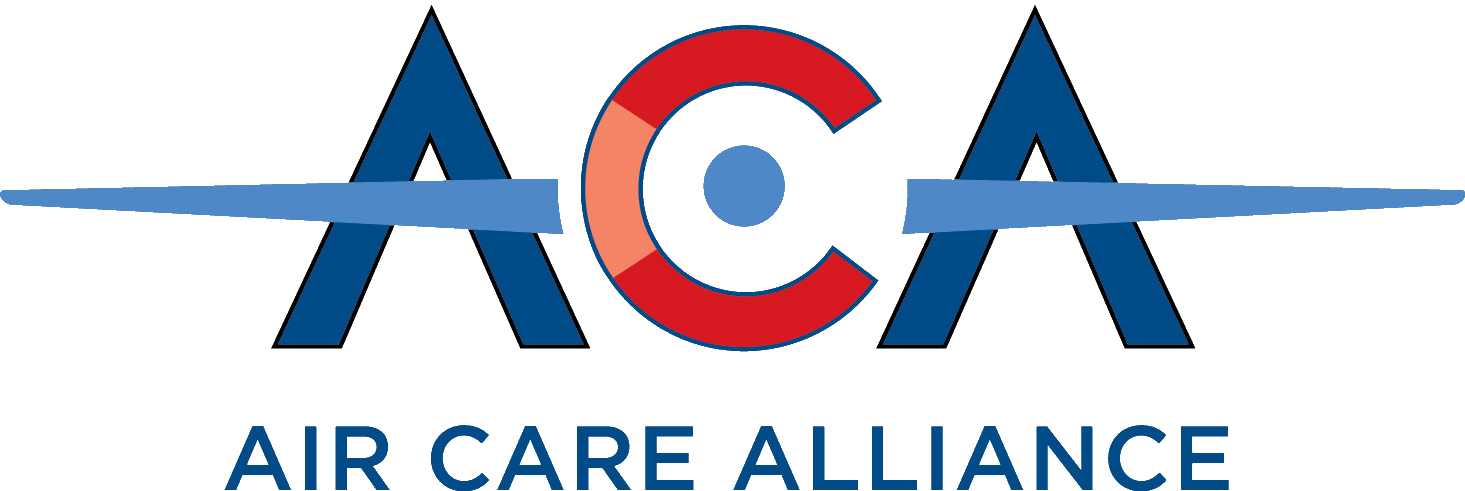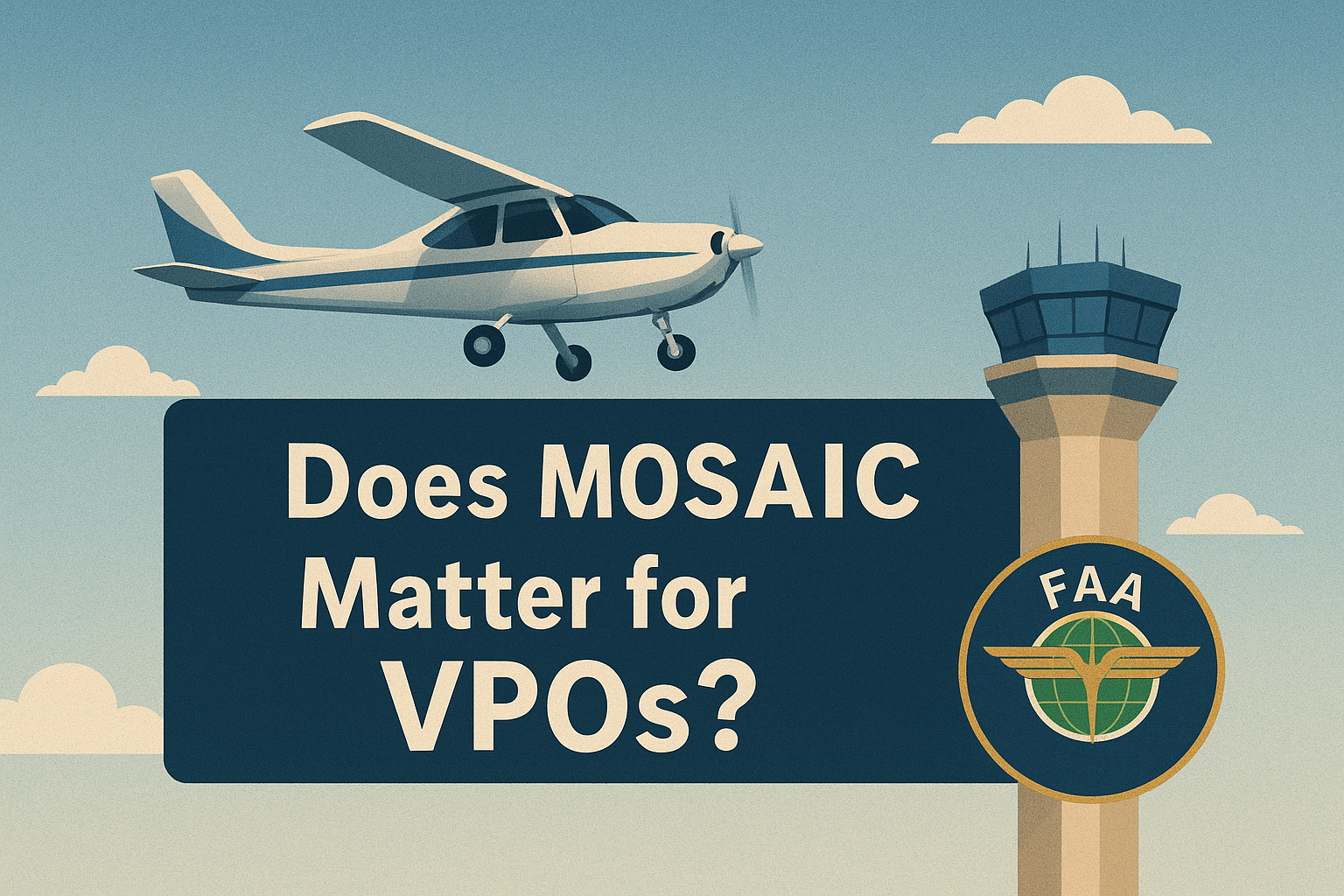Curious about how the new MOSAIC regulations might impact your volunteer pilot organization? Here’s what you need to know.
The FAA’s MOSAIC (Modernization of Special Airworthiness Certificates) rule is shaking up the aviation world by expanding opportunities for Sport Pilots. These pilots can now fly a broader range of aircraft, requiring less training than a private pilot, and they don’t need an FAA Medical Certificate or BasicMed.
While this is exciting news for many aspiring aviators, its effects on volunteer aviation organizations like yours are likely to be minimal. Here’s why:
- No big changes if you’ve already opted out of Sport Pilots: If your organization has decided not to engage with Sport Pilots in the past, there’s really no reason to change your stance based on the new regulations.
- Larger aircraft, but limited capabilities: Sure, the FAA now allows Sport Pilots to fly larger aircraft (like the Cessna 172), but they’re still limited to carrying just one passenger—regardless of how many seats the plane has. So, if you were hoping to tap into a wider pool of qualified pilots—particularly to transport passengers—this won’t change much.
- Night flying and instrument ratings are still off-limits: Sport Pilots can’t get an instrument rating. If they want to fly at night, they’ll need a special endorsement and medical clearance (either a FAA medical certificate or BasicMed). So, there are still some serious restrictions.
The new rules could encourage more people to take up flying, and some of them may eventually work their way up to obtaining a private pilot certificate. This could theoretically increase the volunteer pool. On the other hand, there’s the potential for some older pilots to elect to fly under the Sport Pilot rules rather than renew their Medical Certificate or comply with the requirements of BasicMed (which may make them ineligible under your organization’s requirements). All in all, the impact of expanded Sport Pilot privileges on volunteer aviation is unlikely to be significant.
MOSAIC also expands the design limits for Light Sport Category Aircraft beginning in July 2026. These new aircraft can have up to four seats, fly faster, and have a higher useful load than current light sport aircraft. While sport pilots will still be limited to two occupants, private pilots can fly Light Sport Category Aircraft with four occupants. These aircraft may be useful for volunteer flights but they do not have a standard airworthiness certificate, which most groups require. These aircraft will have a light sport special airworthiness certificate issued under FAR 21.190. For those groups possessing an FAA Exemption for fuel reimbursement, only aircraft with a standard airworthiness certificate can be operated under the existing Exemptions. For those groups that limit aircraft to those with a standard airworthiness certificate and do not have an Exemption, you may want to consider whether to allow Light Sport Category Aircraft as part of your operations. Of course you will want to make sure that your insurance policy covers aircraft with non-standard airworthiness certificates.
While the MOSAIC changes may not drastically alter the landscape for volunteer aviation organizations, they’re still a win for the wider aviation industry. Expect more pilots in the air, which could drive up sales of aircraft, avionics, accessories, and fuel—ultimately benefitting the entire general aviation sector, which is crucial to the success of charitable flying.
MOSAIC might not change your organization’s day-to-day operations, but it’s a step toward making aviation more accessible and sustainable for everyone. If you’d like to learn more, see AOPA’s FAQs here.
https://www.aopa.org/news-and-media/all-news/2025/august/14/mosaic-explained-faq

